Speed
Speed is a measure of how fast an object is moving. It is defined as the distance traveled by an object per unit of time. The formula for calculating speed is:
Speed = Distance / Time
Where:
Speed is measured in units such as meters per second (m/s), kilometers per hour (km/h), or miles per hour (mph).
Distance is the length of the path traveled by an object, measured in units such as meters, kilometers, or miles.
Time is the duration of the travel, measured in units such as seconds, minutes, or hours.
Types of Speed
There are different types of speed, including:
- Instantaneous Speed: The speed of an object at a specific instant in time.
- Average Speed: The total distance traveled divided by the total time taken.
- Uniform Speed: When an object covers equal distances in equal intervals of time.
- Non-uniform Speed: When an object covers unequal distances in equal intervals of time.
Factors Affecting Speed
Several factors can affect the speed of an object, including:
- Force: The application of force can change an object's speed.
- Friction: The resistance encountered when one object moves in contact with another, which can reduce speed.
- Gravity: The force that pulls objects towards each other, affecting the speed of falling objects.
- Air Resistance: The frictional force air exerts on moving objects, impacting their speed.
Units of Speed
Speed can be measured using different units, such as:
- Meters per Second (m/s): Commonly used in scientific contexts.
- Kilometers per Hour (km/h): Used for measuring the speed of vehicles and in everyday applications.
- Miles per Hour (mph): Commonly used in the United States for vehicle speed.
Study Guide
To understand and master the concept of speed, it is important to:
- Understand the formula for calculating speed and be able to apply it to different scenarios.
- Practice converting between different units of speed (m/s, km/h, mph).
- Be familiar with the different types of speed and their characteristics.
- Explore real-world examples of speed and the factors affecting it.
- Practice solving problems related to speed, distance, and time.
By mastering the concept of speed, you will gain a better understanding of how objects move and the factors that influence their motion.
[Speed] Related Worksheets and Study Guides:
.◂Earth Science Worksheets and Study Guides High School. Rocks I
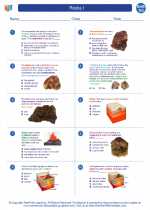
 Worksheet/Answer key
Worksheet/Answer key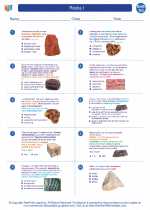
 Worksheet/Answer key
Worksheet/Answer key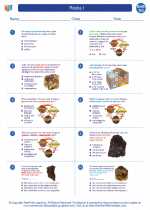
 Vocabulary/Answer key
Vocabulary/Answer key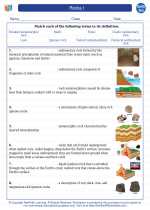
 Vocabulary/Answer key
Vocabulary/Answer key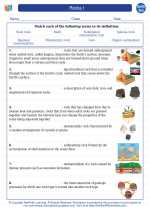
 Vocabulary/Answer key
Vocabulary/Answer key
